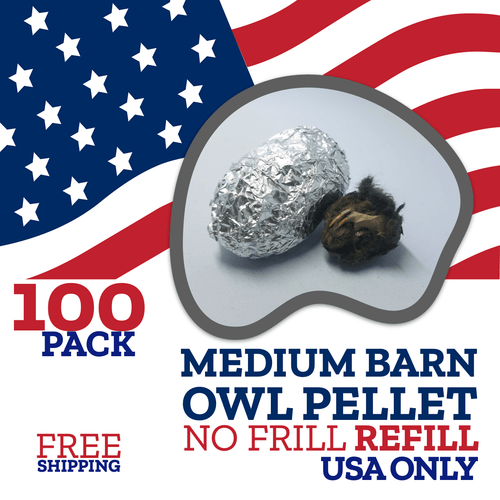Black Vultures!
Turkey Vultures and Black Vultures have an interesting relationship. While Turkey Vultures have a great sense of smell, Black Vultures don’t, and so they’ll often follow Turkey Vultures to prey. There, they are smaller than Turkey Vultures and so can’t win a fight if it’s one to one, but if a group of Black Vultures shows up, then they stand a chance.1
They also are the most populous vulture species in the western hemisphere, although Turkey Vultures outnumber them within the United States.1 Black Vultures have stronger flight than Turkey Vultures do. They are steady when they fly and often flap their wings a few times before putting both of their wings out and gliding.2
Black Vultures are found in open regions and forests. They are social birds and hang out in flocks. When they reproduce, they’ll lay about two eggs at a time and incubate them for about 40 days. The offspring will be ready to fly when they’re just under three months old.2
Black Vultures have black wings and a black head, and on the underside of their wingtips, they have some white markings. This helps them stand out from both Turkey Vultures and Condors. Overall, they’re considered to be of Least Concern.1 Just like other vultures, these birds are scavengers and will go after already-dead prey. They’re also known to scavenge through garbage dumps to find food.2
Did you catch our blog on what the difference is between Vultures and Buzzards? Read it now!
|
|








